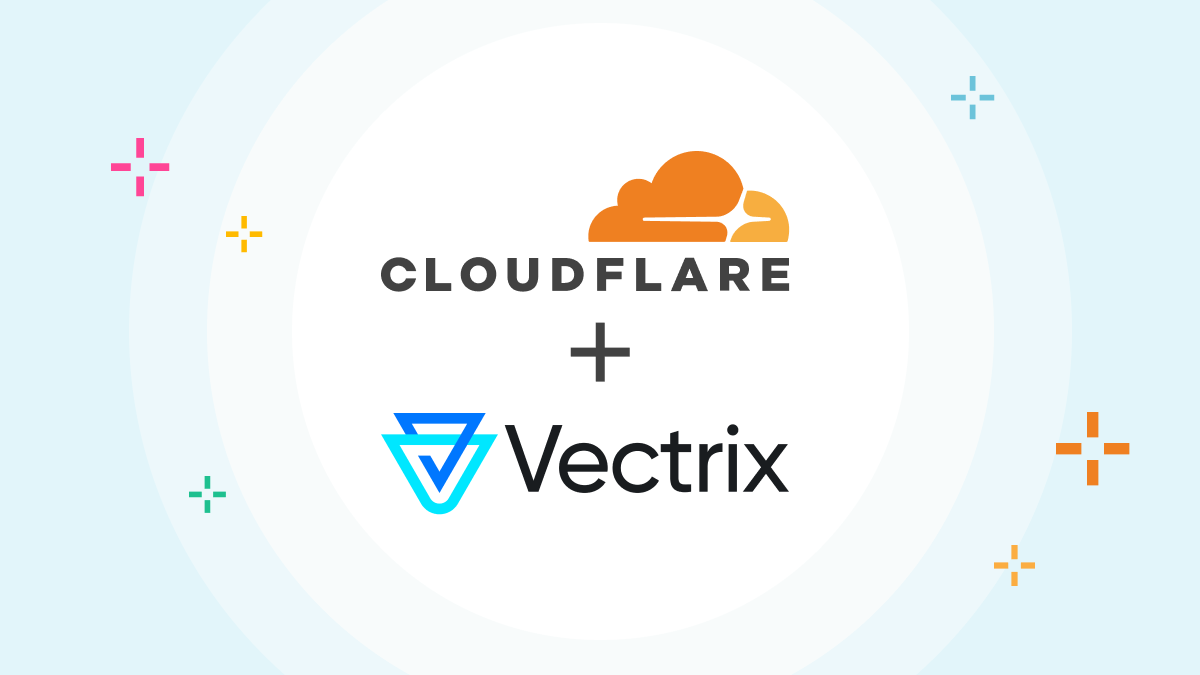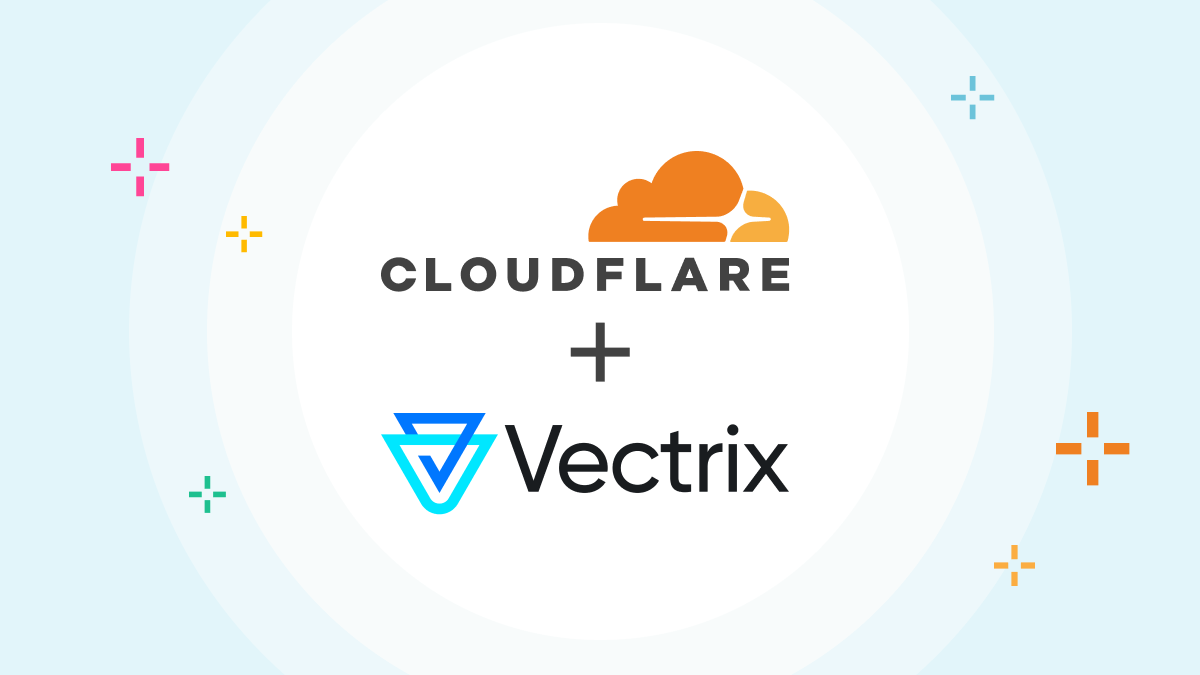0
Data center capex on the rise despite cloud momentum
Global capital expenditure on data center infrastructure is set to grow by 10% over the next five years, to a total of $350 billion by 2026, in spite of the general move toward cloud in the enterprise, according to a report released earlier this month by Dell’Oro Group.Part of that spending growth will be driven by hyperscalers like Google, Amazon and Microsoft buying up data center equipment for their own public clouds, but an underrecognized trend is that the cloud isn’t for every organization, according to the report’s author, research director Baron Fung.To read this article in full, please click here



